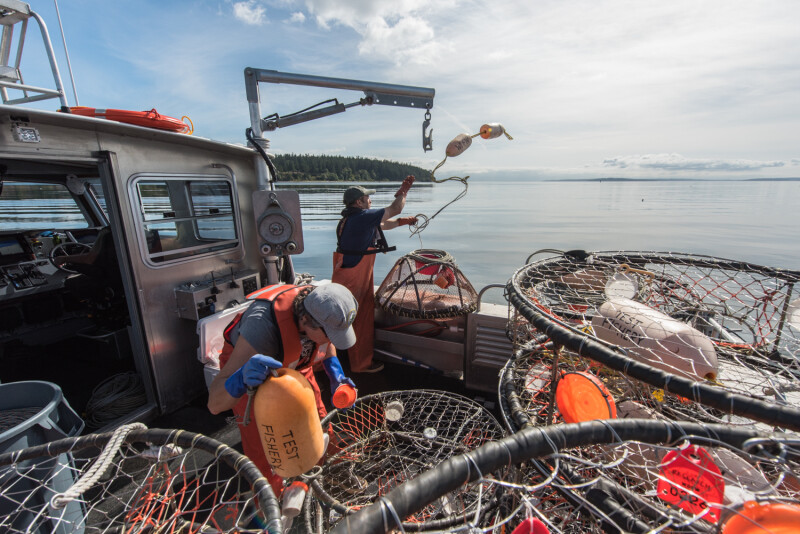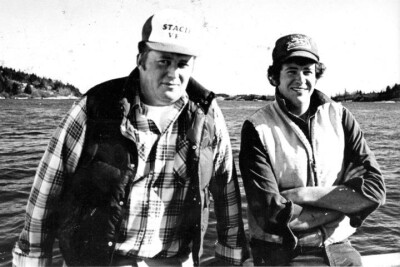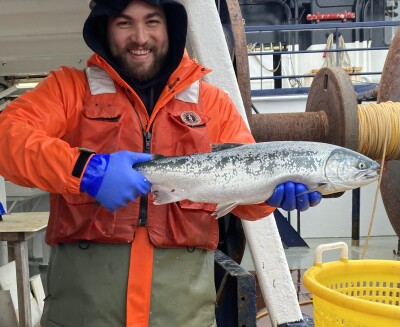After months of delays, the West Coast has officially begun the Dungeness crab season.
The Washington Department of Fish and Wildlife (WDFW) opened their state’s coastal season after detailed test fishing and data analysis. On January 15, commercial fishermen were able to set pots in the waters from Klipsan Beach down to Cape Falcon in Oregon. According to WDFW, the season also includes the Columbia River and Willapa Bay regions, while remaining areas from Klipsan Beach to the U.S.-Canada border (Gray Harbor) will start tomorrow, February 11.
Through an agreement from the 1990s, Washington, Oregon, and California are working together to aim for cooperative management of the fishery across the entire West Coast. According to Hoodline, the agreement outlines potential season openings as early as December 1, with actual dates hinging on the health and condition of the crabs, determined through careful test fishing. Biologists and scientific technicians from WDFW have boarded commercial vessels to collect and measure crabs to ensure they achieve a threshold of 23 percent meat recovery before officially declaring an opener for the season.
Shellfish technician Clayton Parson from WDFW told Hoodline, “Once you hit that 23 percent mark, the crabs are improving every day and are ready to be harvested.” Setting this mark is crucial in considering the economic significance of Dungeness crab.
The three states conduct testing between November and December, with additional tests in October and January if they feel necessary. WDFW focuses on testing the Westport and Long Beach areas to decide on the season starts. Though the 23 percent mark is required for most areas to open, a 24 percent threshold requires areas extending from Cascade Head to Port Arena, California to open.
The 2023 to 2024 coastal commercial season brought in $66.8 million to the state of Washington, following the 2021-2022 season that set a record for the industry’s value at $88.2 million.
WDFW coastal shellfish manager, Matthew George told Hoodline, “Crabbing is difficult in the winter months, and we greatly value the time and effort test fishing vessels put in to open the season.” WDFW's reliance on commercial fishermen for successful testing is a testament to the process of season openings in all three states.
In addition to testing, the seasons were delayed due to pressures of conservation and commerce. The need to protect marine mammals in fishing areas was substantial in addition to the foundation of the previous season for this year.







